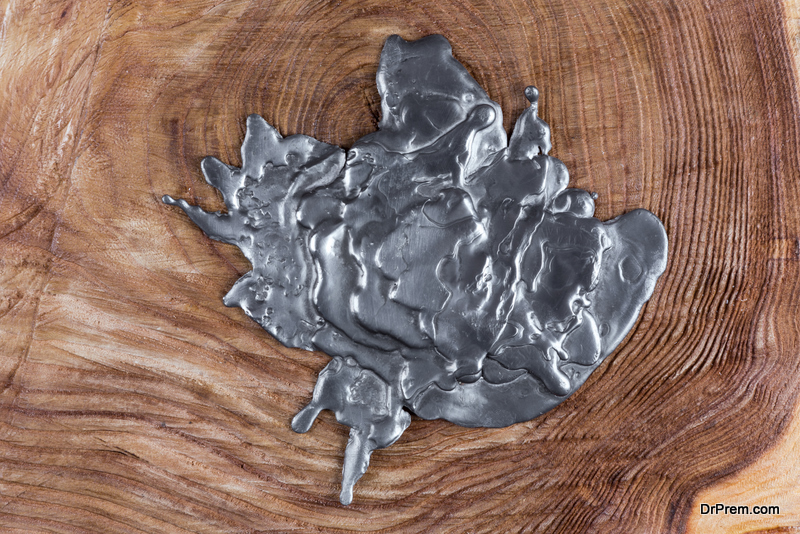Our homes can be full of dangerous toxins, and getting rid of them is essential for good health. Some of these elements seep from the soil, while others may have been included in the construction materials. You should note that older homes are more likely to contain dangerous chemicals. In this article, we will look at a few elements you have to test for in your home.
1. Lead
Lead was used in paint for decades, and this is why it is common in older buildings. It has been banned in many countries as it is considered extremely dangerous. If your house was constructed before 1980, there is a higher chance that it may contain lead. It is advisable to avoid disturbing old paint as this may release lead into the atmosphere. Exposure to lead can cause issues like stunted growth, delayed puberty, cancer, stroke, and various learning disorders.
You can test for lead by working with services like Ivario Labs. The company will send you a testing kit, and you can add the requested sample. This will be tested for various contaminants, including lead. Note that lead can be ingested by drinking water or inhalation.
2. Asbestos
Asbestos was to build houses because of its advantageous physical properties. It is no longer used in construction as it causes several serious diseases. These include lung cancer, asbestosis, and mesothelioma. Exposure to this element also increases your risk of various cancers of the digestive system. You should also note that the presence of asbestos can lower the value of your home. Testing for asbestos is fairly simple. You have to send a dust sample or part of the construction materials to a testing lab, and they will make a report with their findings.
3. Radon Gas
Radon is a dangerous gas that causes lung cancer. It is odourless and radioactive, and it is released naturally from rocks and water. This gas gets into homes through cracks and other holes in the foundation. You can reduce exposure to radon gas include increasing the airflow in rooms. For example, you can open windows and use fans or vents. Testing for radon gas can help you determine whether you need to take extra steps to protect yourself. If the chemical is detected in your house, you can seal cracks in floors and walls using plaster or caulk. You should test the air again after the construction to determine whether the problem has been solved. If you are building a house, you should follow radon-resistant construction techniques.
Conclusion
Our homes may contain dangerous chemicals and elements, and you need to eliminate them quickly. This is because the toxins can end up causing serious health conditions. One element you should test for is lead. This can be ingested by drinking water or through inhaling, and it can cause issues like cancer and stroke. You should also test for asbestos, especially if you live in an older building. Another dangerous chemical that is common in homes is radon. This gas gets into buildings through cracks in the walls and foundation.
Article Submitted By Community Writer




